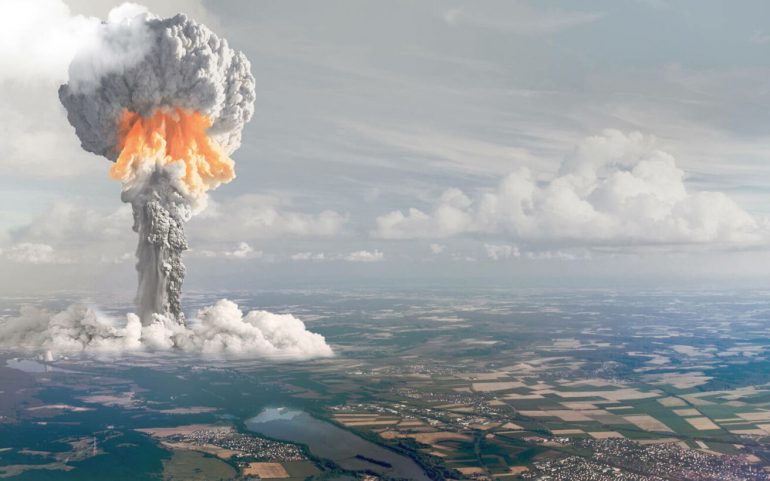Thousands of pages have been written about an impending total destruction of the world as we know it. Even REM in "It's the end of the world as we know it" could not grasp the exact size of this phrase when they wrote their famous hit back in 1987. Although it was only a year after the nuclear accident in Chernobyl.
Humanity has the "ability" not to immediately grasp the magnitude and consequences of a catastrophe.
When the mushroom in Nagasaki the catastrophe had already formed and had devoured thousands of people. Records of the victims of the "Thick" (as the plutonium bomb that fell on Nagasaki was named) speak of 40.000 minutes after it collided with the surface.
Η Hiroshima had already tasted the fiery flame a few hours earlier, that August 1945. Following Truman's decision, the USA they demonstrated strength with the nuclear bombing of Japan even though Hitler had been defeated. Thus recording a atrocity against humanity. For the story in Hiroshima at the time of the explosion 70.000 people were killed while in the next 4 months 166.000.
With ongoing global tensions (North Korea - USA, Iran - USA, India - Pakistan and the ongoing Cold War climate between Ρωσίας and America) to evidence a geographical powder keg that needs a "chaff" to explode, the scenario of a nuclear disaster does not seem so science fiction.
But what might happen in the first hours and days after a nuclear holocaust? How will man, animals or the planet survive? The answer is easy: "He will not survive." But until it is destroyed, they will have had a horrible time.
A study published by Rutgers University, the University of Colorado Boulder and other university structures vividly reports the results on the planet in the event that, for example, the US and Russia face off in nuclear terms.
So what will happen? The planet will suffer what they call a nuclear winter for the next 10 years. nuclear explosions will release 150 billion kilograms of ash and smoke into the atmosphere.
Which will reach the stratosphere immersing the Earth in darkness and heavy winter in a few weeks. Even 7 years later, the darkness will be visible to the naked eye. At the same time, in the first year the global temperature will drop by 7 degrees Celsius and will even reach 9 degrees later, causing extreme weather events throughout the universe.
But rainfall will be reduced worldwide by 30% in the months after nuclear holocaust, with humanity saying goodbye to a good portion of its crops.
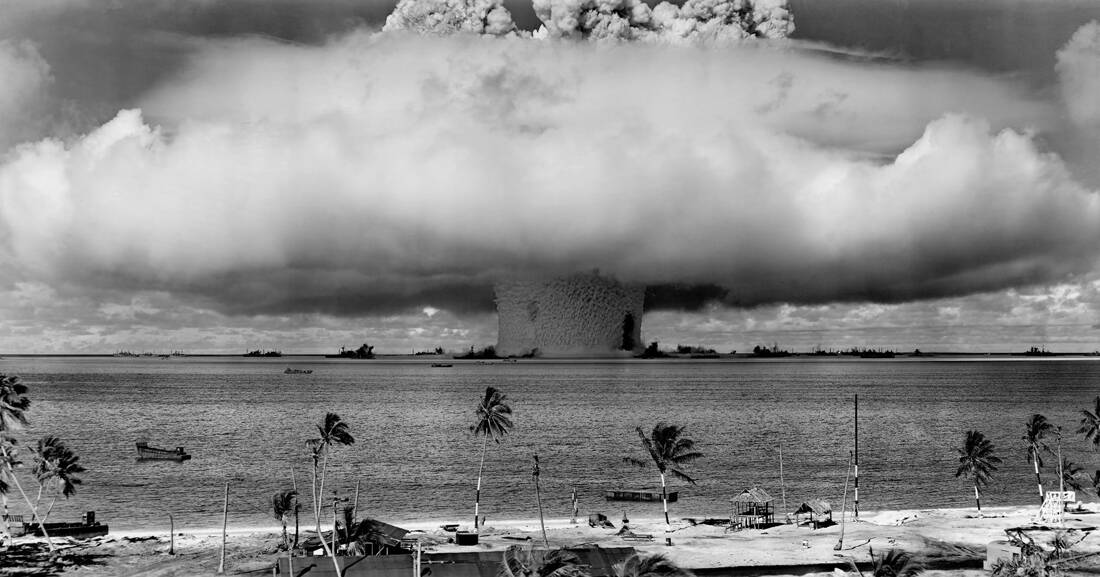
If you live in a place close to where the bomb will explode, let's say in moderation that. You will face a huge problem. "A nuclear bomb is like bringing a piece of the sun to the surface of the Earth. "In a split second everything will turn to ashes," said Alan Robok of Rutgers University.
"The bomb in Hiroshima had a force of 15 kilotons. "By today's standards, this size is small," he added.
Anything that did not evaporate at the time would catch fire or suffer severe burns. People and animals will suffer third-degree burns even 11 kilometers from the heart of the blast.
For the next ten years after the explosion, the planet will suffer what has been called the "nuclear winter". The dust from the explosion will cover the sun and the temperature will drop sharply. In explosions and fires, the fuels that already exist on Earth will play an important role.
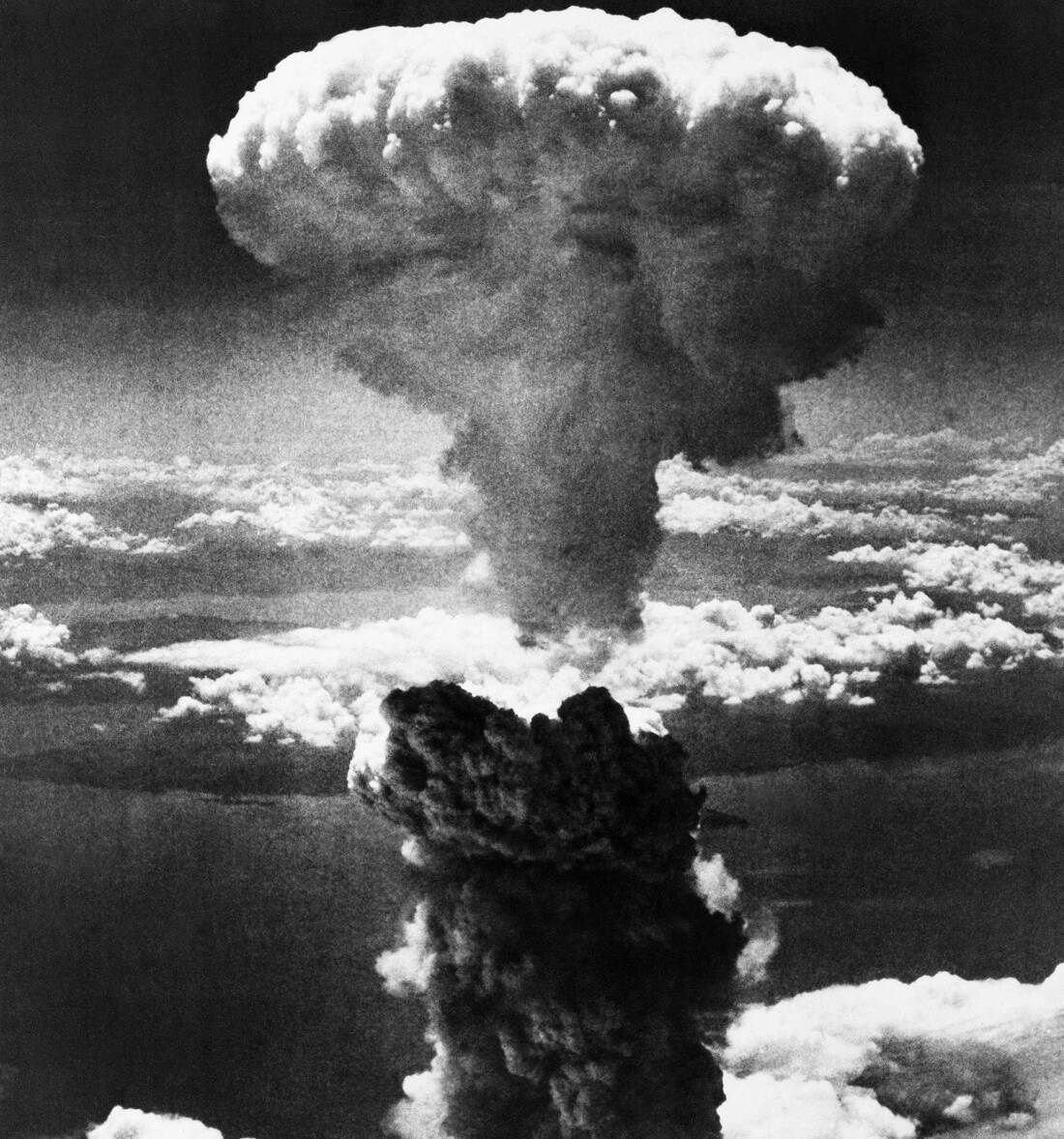
The ash will reach the stratosphere. In a place where there are no clouds or weather phenomena that include rain to clear. Temperatures would be below zero in the summer months and unsustainable in the winter.
In an Iran-Pakistan conflict, with 40 kiloton power bombs, the smoke that would cover the entire atmosphere. The sun would appear after years while UV radiation would burn everything, at least in the beginning, since there would be no ozone.
The oceans will freeze and become completely toxic. Since cultivation will not be possible, Robok jokes: "Will we be able to fish?" The answer is obvious.
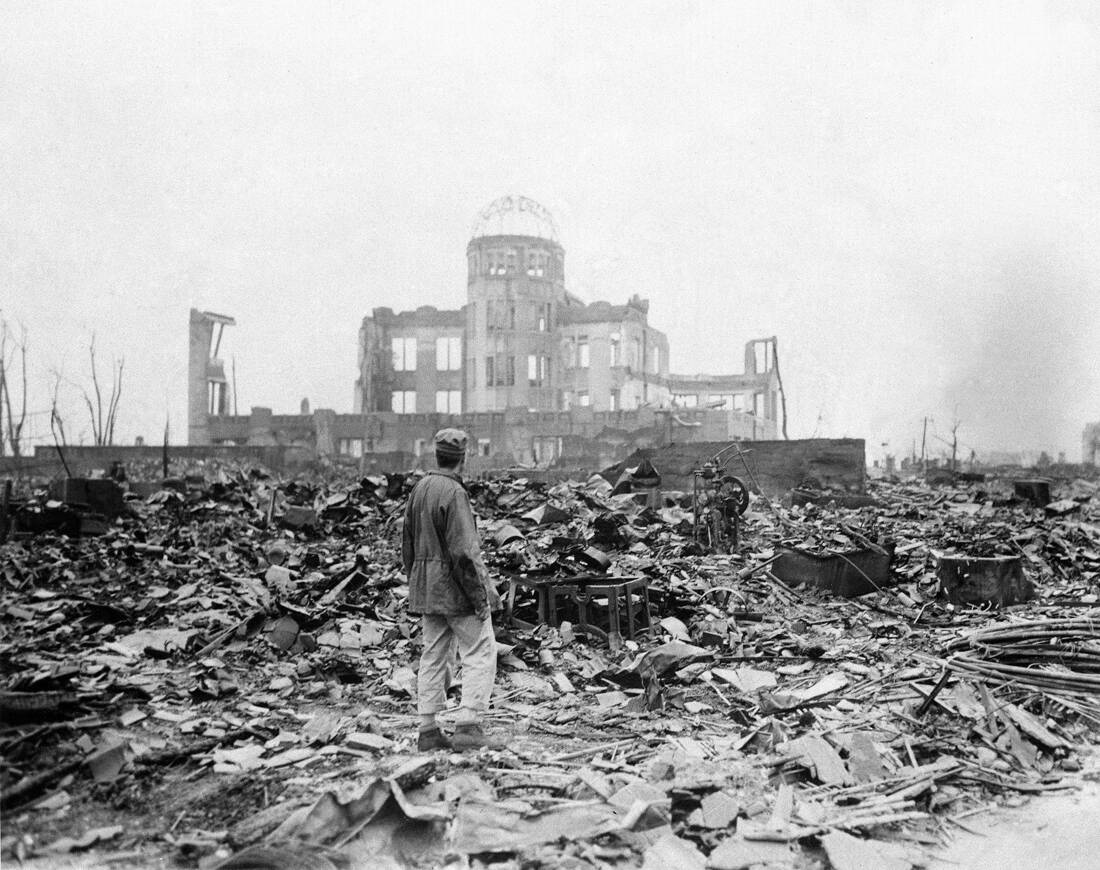
Every fan of catastrophic scenarios knows that a good solution for food in the event of a nuclear holocaust is to store canned and long-lasting food.
Professor Robok states: "Food for humans and animals that will survive will last for less than 60 days. "Once the stocks in the stores are exhausted, finding food will be extremely difficult."
And he continues "some crops will survive but will not reach even mentally to feed the survivors".
He said it was unknown to the oceans whether marine life would adapt to the new conditions. And what are these new conditions? The oceans need some time to warm up and freeze relative to the mainland. The longer the water stays frozen the more carbon dioxide will be absorbed by the atmosphere. This carbon dioxide will make the water more toxic and will break down the shell of corals and shellfish.
This process will take about ten years until the water starts to heat up again.
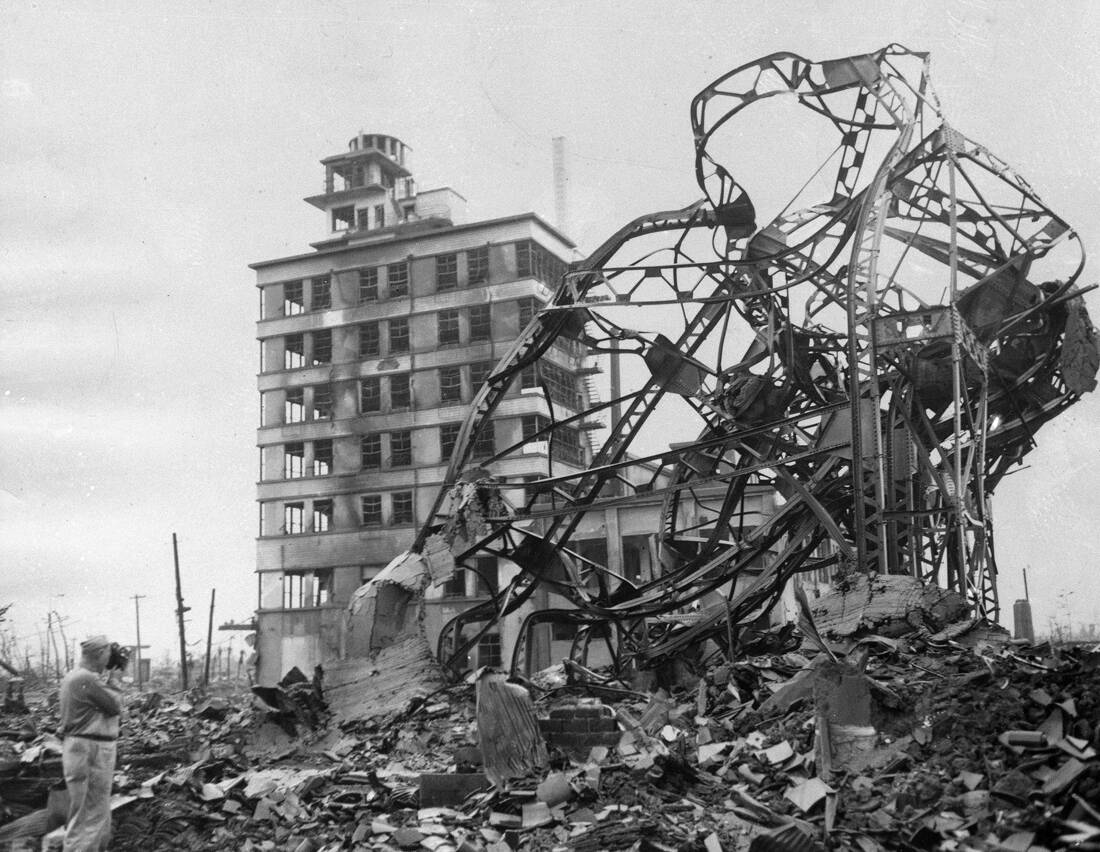
What, after all, is the best thing to do if an atomic bomb falls on the city center we live in?
In the scenario of the US Institute of Health that took place in 2018, the city is Washington, its center.
As we know, everything around the bomb will be destroyed. Something that is also known and relatively easily predictable by scientists is that humans are always unpredictable.
The research analyzes several patterns of human behavior in the face of danger, from the less complex behaviors to situations that are highly complicated. The researchers calculated after the best possible action in those difficult conditions.
Within the first 10 minutes, we are told, no matter what everyone does, 90.000 people will die. In fact, if no one does anything, then within 48 hours another 279.020 people will die. But if people behave in the way indicated by the best case scenario, then the victims will decrease dramatically, especially if the population stays in their homes for at least 12 hours.
This is what we have to do, we are told, is the most predictable: To be locked in our homes and especially in shelters below a certain depth.
In fact, if we go out to look for loved ones, then we will mourn other victims, as leaving the shelter and being exposed to deadly radioactivity is not the smartest thing we could do.
